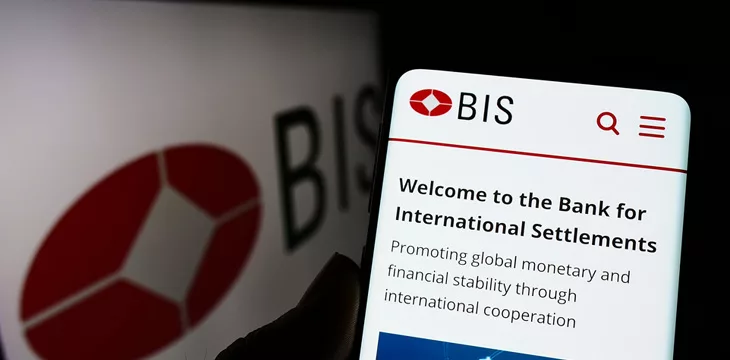|
Getting your Trinity Audio player ready...
|
Recently, CoinGeek covered how the tokenization of everything is coming.
Early in January, the Bank for International Settlements (BIS) confirmed yet again that it’s creating a tokenization project—Promissa—as one of six in 2024. This collaboration between the BIS, Swiss National Bank, and World Bank will develop a proof-of-concept platform to facilitate digital tokenized promissory notes.
As of now, promissory notes are primarily paper-based. Issuing, trading, and exchanging them on an immutable public ledger would make the market more efficient, transparent, and accessible.
The BIS called tokenization an “important area” and said it is “planning more initiatives” to explore it.
What are the other BIS projects?
The BIS Innovation Hub completed 12 projects in 2023, and eight more are ongoing. But what are the six it has planned for 2024?
Besides Promissa, the BIS will launch the following projects:
Project Leap – This project aims to quantum-proof payment systems, meaning to protect them from potential quantum computer threats. It seeks to build on the success of a quantum-proof communication channel between the central banks of Germany and France.
Project Symbiosis – This project aims to use AI and big data for supply chain disclosure and adaptation. It wants to improve the tracking of Scope 3 emissions through AI-supported methodologies, focusing on disclosures by small-to-medium-sized businesses.
Project NGFS Data Directory 2.0 – This initiative aims to enhance the Network for Greening the Financial System’s data directory. The goal is to rebuild the system for better searching and browsing climate-related data sources.
Project Aurum – To study the privacy of payments in retail central bank digital currencies (CBDCs). This study will help the BIS better understand privacy in CBDC systems by leveraging academic and regulatory expertise. The ultimate aim is to enhance privacy in the design of CBDCs.
Project Hertha – This project will focus on using network analytics to identify financial crime patterns in payment systems. The aim is to better detect and prevent financial crimes in payment systems.
Opinion: BSV blockchain can help with all of these projects
Every project the BIS is launching for 2024 can benefit from the public proof-of-work (PoW) blockchain, namely BSV. Unlike many better-known blockchains, the BSV blockchain is infinitely scalable and is set to process one million transactions or more per second this year. As for fees, they cost around 0.000002 to transact on the ledger.
It’s fantastic to see global governmental bodies and institutions recognize the benefits of tokenization, big data analytics, privacy in CBDCs, detecting and stopping financial crimes, and rebuilding existing databases to be more efficient. However, all of this can work in tandem on one global ledger, and indeed, it must if the full benefits related to
transparency, efficiency, and global accessibility are to be realized.
At the beginning of 2024, no blockchain can scale to the levels of BSV blockchain. It was literally designed for enterprise and government purposes like those outlined by the BIS. Check out BSVblockchain.org for more information on the world’s only enterprise-grade blockchain.
Watch: Tokenising equity and debt instruments

 12-23-2025
12-23-2025 




